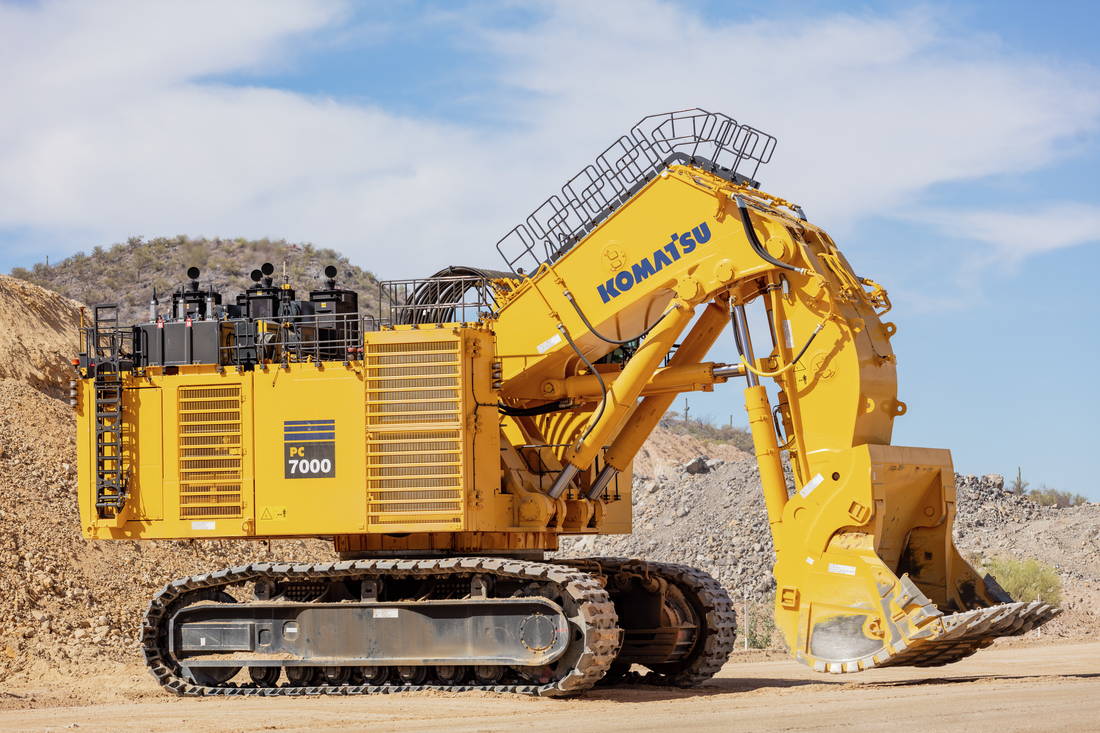TIMELINE-Rio Tinto’s sacred Indigenous caves blast scandal

Mining giant Rio Tinto destroyed two ancient and sacred rock shelters in the Pilbara region of Western Australia as part of an iron ore mine expansion last May.
The blasts, while legal, deeply distressed the traditional owners and led to a public outcry and a national inquiry, ultimately costing three top executives and two board members, including the chair, their jobs.
They also increased investor pressure on the industry to address heritage management practices.
May 24, 2020: The world’s biggest iron ore miner destroys the rock shelters in Juukan Gorge, one of which showed evidence of continual human habitation dating back 46,000 years.
May 27: Rio Tinto issues a statement saying it is sorry that the “recently expressed concerns” of the Puutu Kunti Kurrama and Pinikura (PKKP) people did not arise during discussions.
June 5: PKKP rejects that characterization and says the significance of Juukan Gorge had long been emphasized.
June 11: Australian Senate refers the Juukan Gorge incident to the Joint Standing Committee on Northern Australia for an inquiry. June 12: Rio Tinto Chief Executive Jean-Sébastien Jacques addresses the incident for the first time, and pledges to cooperate fully with the Australian government inquiry.
June 19: Rio launches a board-led inquiry into the blast and says it will look at ways to improve its internal processes and governance following the public outcry, to be conducted by independent non-executive director Michael L’Estrange.
Aug. 7: Rio did not tell the PKKP about three alternative mine plans, its CEO tells the parliamentary inquiry, despite saying it had won fully informed consent for blasting.
Aug. 24: Rio’s board-led review finds procedural faults and cuts the short-term bonuses of some senior executives but stops short of leadership overhaul. The review is not well received by the public and investors who say it lacks accountability.
Sept. 11: Bowing to stakeholder outcry, Rio parts ways with its chief executive and two deputies, head of iron ore Chris Salisbury and head of corporate affairs, Simone Niven.
Oct. 29: Investors worth $10.2 trillion step up pressure on mining companies, write to boards of 78 miners asking for more information about how they manage their relationships with First Nations people.
Dec. 9: Australian parliamentary inquiry finds Rio Tinto should pay restitution to the PKKP as part of a series of recommendations in its interim report.
Dec. 17: Rio names finance head Jakob Stausholm as its next chief executive, defying expectations it would pick an external candidate to repair the image from the destruction of the rock shelters.
Jan. 28: Rio Tinto announces a new executive team under its new chief, including a new head of iron ore.
Feb. 4: The PKKP say that Rio chairman Simon Thompson broke a promise for consistency in their core relationship, in making a leadership change without notifying them.
Feb. 5: Rio acknowledges it should have better communicated its plans to the PKKP.
Feb. 22: Rio’s annual report shows that its remuneration committee awarded the three departing executives chunky payouts.
March 3: Rio Tinto said that its chair Simon Thompson and independent board director Michael L’Estrange would step down, after the 2022 annual general meeting and after this year’s meetings in April and May respectively.
(By Melanie Burton, Shruti Sonal and Nikhil Nainan; Editing by Ramakrishnan M. and Rashmi Aich)
{{ commodity.name }}
{{ post.title }}
{{ post.date }}

Comments
Andrew Sherring
Hahahaha karma strike YEESSS